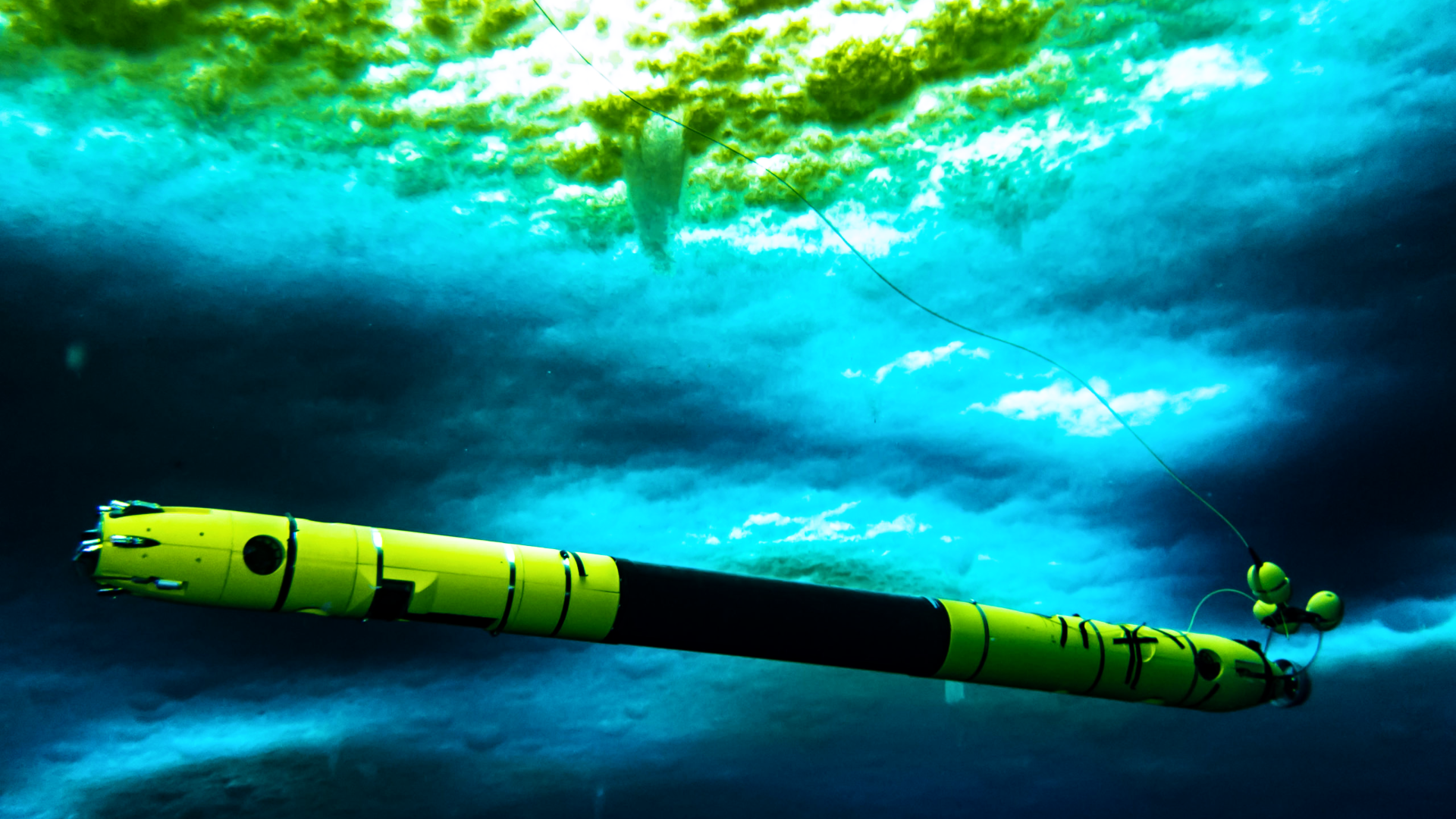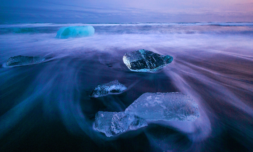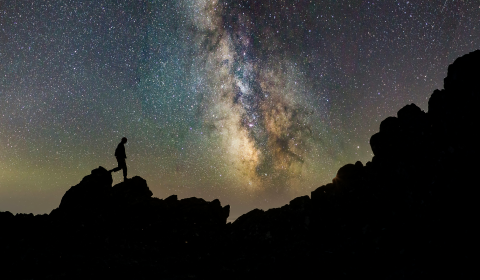Scientists have gotten a first look at what’s thawing away Antarctica’s giant Thwaites ice shelf – dubbed the ‘Doomsday Glacier’ due to its huge sea rise potential. There’s positives and negatives to be taken.
Sea levels are said to have risen between 21 and 24 centimetres since 1880, and high-tide flooding is twice as common as it was a decade ago.
Primarily attributed to melting ice sheets and glaciers, there are two vital arteries in the heart of west Antarctica that scientists are determined to protect. The first, and vastly more covered by mainstream media, is Greenland – which is reportedly losing 250bn metric tons of ice per year.
Despite the lack of environmental data on the second, the Thwaites ice shelf closely follows as another vast, vulnerable region in dire need of protection.
Dubbed the ‘Doomsday Glacier’ to highlight how devastating its loss would be to global sea levels – supposedly upwards of two feet (65 centimetres) – the sheet roughly matches the size of Florida (170km squared).
Regular samples of satellite data over the years have showed a critical rapture in Thwaite’s surface, in which material is said to be constantly ‘streaming out.’ Despite our pressing need for more information on the subject, there had been no definitive answer as to why.
This is because conditions on the glacier’s shimmery surface are increasingly too volatile to land a plane or helicopter, and drilling a hole into the main trunk for observation is entirely out of the question.




















